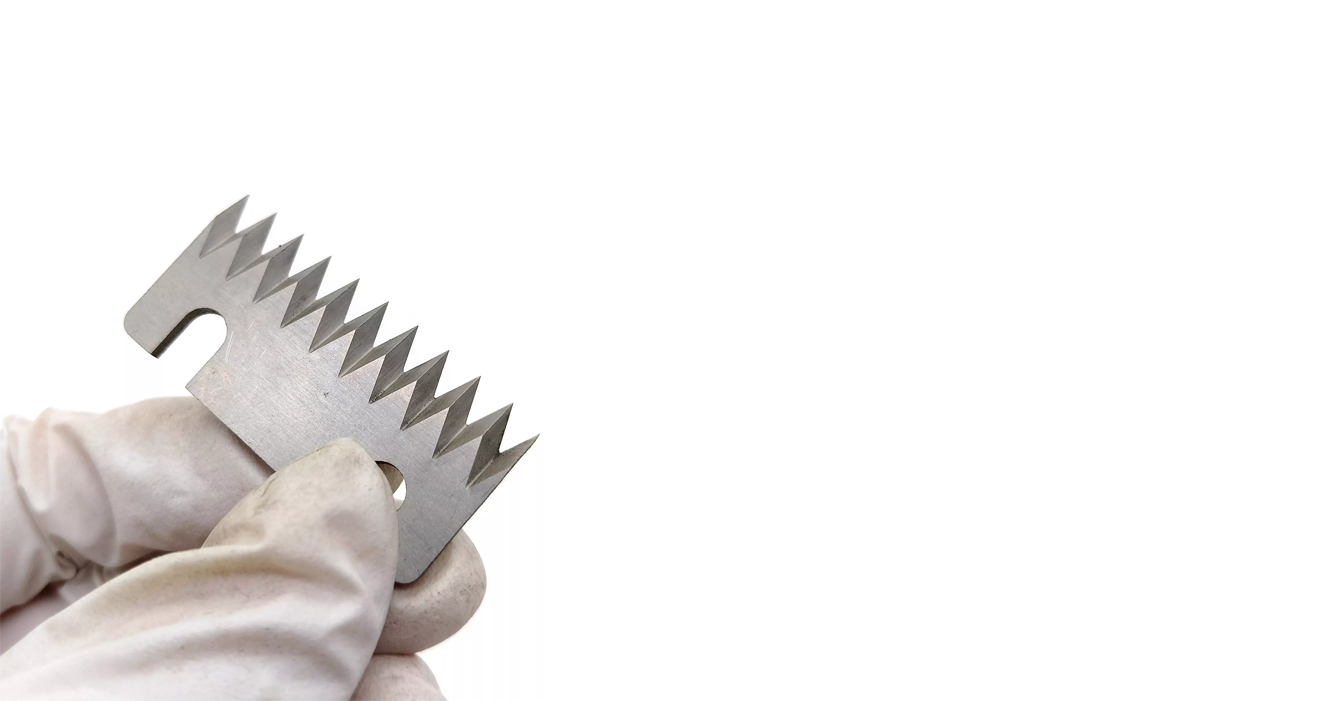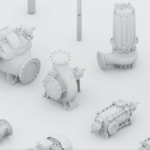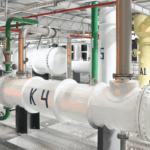In packaging equipment, cutting elements operate under constant loads and require periodic replacement. However, it is at this stage that problems arise, because knives and blades that look similar on the outside have completely different characteristics and even purposes. So let's talk in more detail about the main types of these elements and try to figure out which aspects should be given priority when choosing them.
Types of knives and their features
The variety of knives in packaging equipment is due to the fact that each type of line operates according to its own material movement and package formation scheme. Rotary systems require circular knives capable of cutting continuously and smoothly, while guillotine units use straight blades with precise phase synchronisation. In addition, curved and wavy options are used where, in addition to separating the film, it is important to ensure controlled stretching or even a specified cut shape.
The key aspect of every knife is the combination of the right geometry with a material capable of withstanding dynamic loads, heating and contact with film of varying thickness. If the blade is unbalanced or has microdeformations, they accumulate in the cycle, causing a gradual breakdown of the cut or a slowdown of the unit. That is why packaging machine manufacturers usually set clear requirements for the parameters of cutting elements – and none of them are universal.
Key aspects influencing the choice of knives for packaging equipment
The following criteria deserve special attention:
- The type of packaging material directly determines the shape, rigidity and sharpening angle of the blade, since excessive aggressiveness (softness) of the cutting element disrupts the structure of the film and reduces the quality of sealing.
- The speed of the line affects the requirements for wear resistance and knife balance accuracy, since at high speeds any deviation causes vibrations and instability of the cut.
- The mechanics of the unit in which the knife operates dictate not only its shape and dimensions, but also the method of attaching the cutting element, so compatibility with a specific type of equipment – rotary, guillotine or other – must be taken into account.
- Working under temperature loads requires materials that do not deform when heated, retaining their cutting properties even in thermowelding systems.
When choosing knives and blades, do not ignore the manufacturer, because reliable and proven companies that care about their reputation offer only certified products. That is why, even at the selection stage, it is worth consulting with specialists who will select the optimal solution for production, taking into account both its specifics and potential loads.



